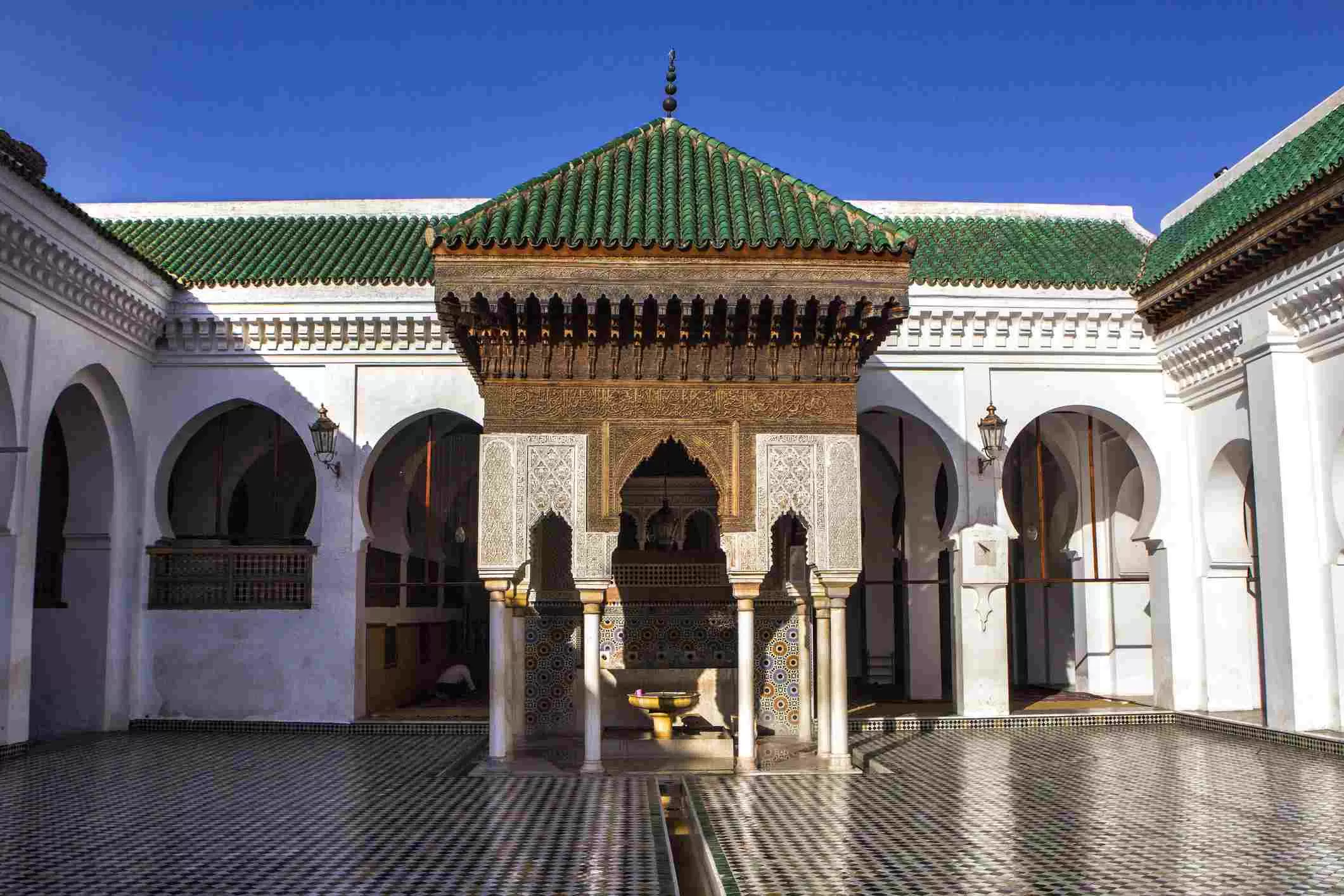Other sites that are worth a visit along the Drâa Valley are the many rock art engravings or petroglyphs that can be found in the area. There are several sites where rock art can be admired, although the best known are Foum Chenna (Tinzouline), Aït Ouaazik (Asguine Tarna, Tazzarine) Tiouririne and Tisguinine (Zagora).
Besides this rock paintings and engravings, there is a necropolis, also dating from prehistoric times, in Foum Larjam -meaning “Mouth” or “Passage of the Tombs”- on the Djebel Beni-Selmane, to the south of Tizi Beni- Selmane.
Since the history of the Drâa Valley consists mostly of periods of warfare between the different nomadic tribes, there is no wonder that the Drâa is particularly famous for its Kasbahs or Islamic fortresses. There are dozens of Kasbahs along the Drâa Valley, but the most famous ones are, North to South, the Kasbahs of Tamnougalt and of Aït Hammou Ousaid near Agdz, the Kasbahs of El Caïd Ouslim and Oulad Outhmane in Tamezmout, the Kasbahs of Foum and Achnna N’Kob in Tinzouline, the Kasbah of Tat Ifli in Beni Zouli, the Kasbahs of Amezrou, Aït Ali Tighramt Ouziguen, and of Laglaoui in Zagora, the Kasbahs of Agouim Nouaadjou and Tagounite in Tagounite, and the Kasbahs of Aït Bounou, LaAllouj, Oulad Driss, and Rgabi in M’hamid El Ghuzlane.
Besides the natural, the historical and the architectural wonders that the Drâa Valley offers, there are also small villages along the valley where time seems to have stopped, so little is the impact of modernity on them. In these villages that spot the landscape here and there, women are fully and always veiled while they wash their clothes on the riverbanks and men are somehow watchful and distant, perhaps unaccustomed to foreign visitors. These people, besides Arabic, speak their own dialect of the Berber vernacular, called Tashelhiyt.









